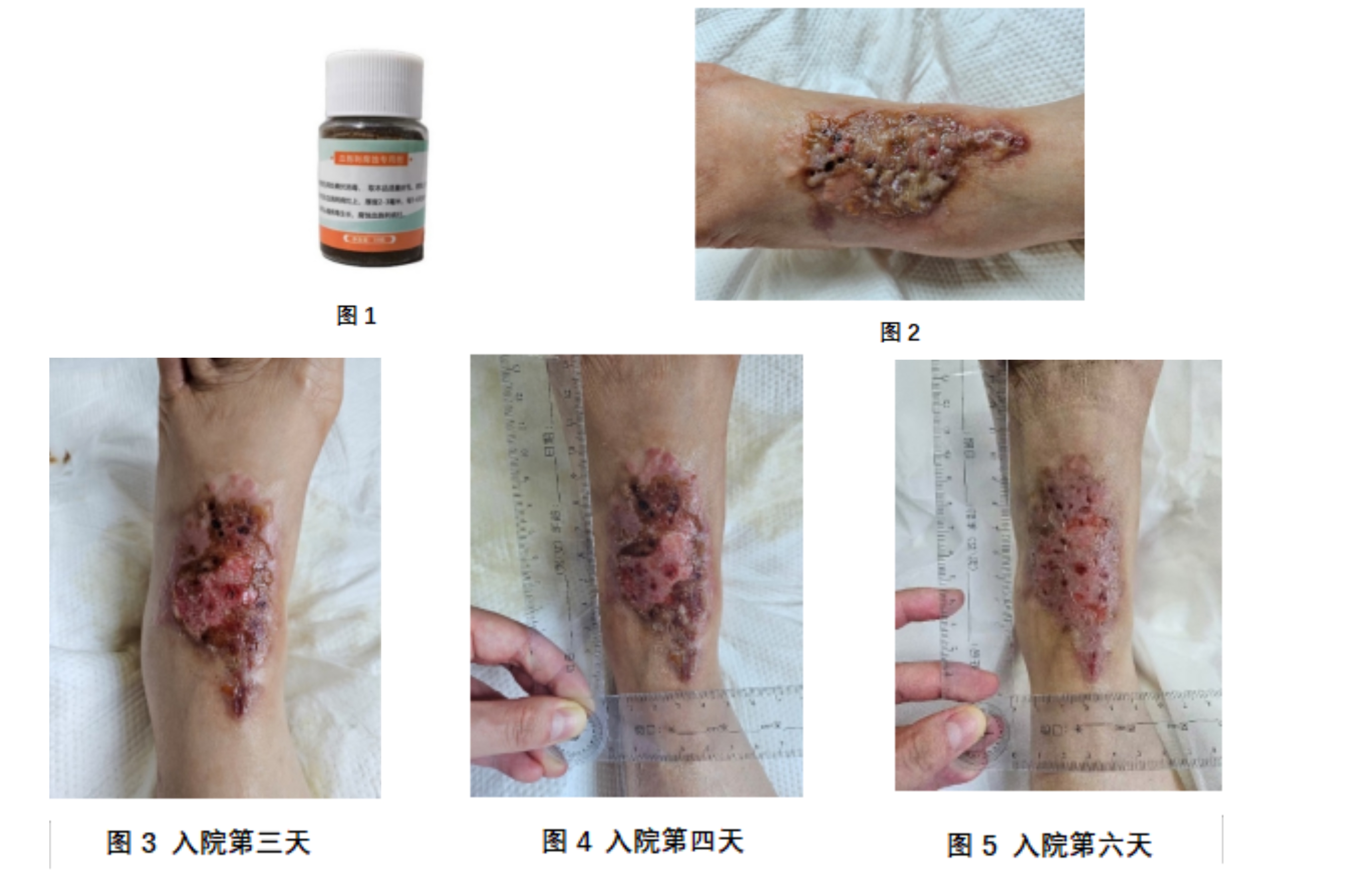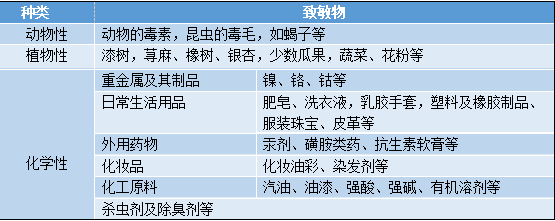[Micro Popular Science] Skin Crisis Caused by Foot Bath: What You Need to Know
1. Aunt Wang's story: A skin crisis caused by a foot bath experience
In life, many people like to go to the foot bath shop to relax the body and reduce fatigue, and some foot bath shops can treat skin diseases such as gray nails, beriberi, and corns. The main character of the story is a retired aunt Wang, who decided a week ago to go to the neighborhood for a pedicure, hoping to relieve the fatigue of her feet in this way. Who knows this seemingly ordinary foot bath experience has brought unexpected skin crisis!
The staff at the foot bath applied a medicine claimed to treat beriberi (FIG. 1). Immediately after applying the medicine, Aunt Wang's instep felt burning pain, followed by large redness and blisters (FIG. 2). After a few days, the symptoms did not ease, but got worse, and she had to go to the hospital.
According to the diagnosis in the hospital, it was believed that it was caused by the acidic corrosive drugs used in the foot bath shop for the thickening of the sole. She was immediately given anti-infection and anti-inflammatory treatment, and washed with 5% sodium bicarbonate, a weakly alkaline drug, and salt water. The symptoms were gradually brought under control after 1 week of partial detrauma combined with external growth factor and silver sulfadiazine ointment (FIG. 3-5). The final clinical diagnosis was irritant contact dermatitis. The doctor reminded her that this kind of disease is not uncommon in daily life, but we often don't notice it.

2. Causes and types of contact dermatitis
contact dermatitis (CD) is an acute or chronic inflammatory skin reaction caused by exposure of the skin or mucous membrane to certain external irritants or allergens. It can be divided into two types: irritant contact dermatitis and allergic contact dermatitis.
irritant contact dermatitis [1] (irritant contact dermatitis, ICD) : Is caused by acute or long-term repeated contact with substances harmful to the skin, skin damage is limited to the direct contact site, the contact itself has a strong irritation (strong acid, strong alkali, organic solvents, poisons, etc.), usually no incubation period, rapid onset.
allergic contact dermatitis (ACD) : A delayed allergic reaction in which the contact itself may not be irritating or toxic and usually develops some time after exposure.
3. What are the common allergens and irritants of contact dermatitis in life [2]?

4. How to identify contact dermatitis?
Clear exposure history: There is usually direct exposure to stimuli.
The range of the rash is consistent with the size of the contact: skin erythema, blisters, erosion, etc.
The mild manifestations were erythema, mild edema, and dense papules of needle tip size. In severe cases, erythema and swelling are obvious, and multiple papules, blisters or even bullosa can be seen on the blisters. Erosion, exudation or scab may occur after the blisters rupture, and skin necrosis and ulcers may occur in severe cases, and sometimes secondary infection may occur [3]. The symptoms were itching, burning and pain.
Gold standard diagnosis - Patch test [4] : This can be further confirmed by testing for allergens.
5. Treatment methods and daily nursing points
The disease is self-limited, generally remove the cause of treatment according to the doctor's advice 1 ~ 2 weeks can be cured. Repeated exposure or improper management can progress to subacute or chronic dermatitis, with reddish-brown lichenoid change or eczema-like change, then how to treat contact dermatitis [5]?
First of all, it is necessary to find out and remove the irritant substance that causes dermatitis and immediately disengage, avoid contact with the irritant again, in order to prevent the disease from repeating or worsening.
Local treatment: calamine lotion, traditional Chinese medicine and hormone topical ointment can reduce local inflammatory response, promote skin barrier repair and wound healing, thereby improving symptoms. Phototherapy therapy uses specific wavelengths of light to destroy abnormal cells that cause dermatitis and has certain anti-inflammatory effects, mainly for chronic or intractable irritant contact dermatitis
Systemic treatment: Vitamin C, calcium, antihistamines, glucocorticoids, biologics, etc. are suitable for severe symptoms in the acute phase to reduce itching, redness and other symptoms, but need to be used under the guidance of a doctor, and pay attention to dose changes to avoid side effects of drugs.
6. Prevention recommendations for contact dermatitis
Irritants and allergens are widely found in nature and everyday life, so how do we prevent them?
Avoid contact with all kinds of "inferior drugs", "fake drugs", three no products, etc., reduce contact in public places, and try to go to regular hospitals for medical treatment.
To maintain good living habits, daily protection, keep the skin clean, keep the environment clean.
References:
[1] Bains S N, Nash P, Fonacier L. Irritant Contact Dermatitis[J]. Clinical Reviews in Allergy & Immunology, 2019, 56(1): 99-109.
[2] Interpretation of GBZ 20-2019 "Diagnosis of Occupational contact dermatitis" [J]. Chinese Journal of Occupational Medicine, 2019, 46(2): 242.
[3] Mose M, Sommerlund M, Koppelhus U. Severe acute irritant contact dermatitis presenting as exfoliative erythroderma[J]. Contact Dermatitis, 2013, 69(2): 119-121.
[4] Loman L, Uter W, Armario-Hita J C, et al. European Surveillance System on Contact Allergies (ESSCA): Characteristics of patients patch tested and diagnosed with irritant contact dermatitis[J]. Contact Dermatitis, 2021, 85(2): 186-197.
[5] Scheinman P L, Vocanson M, Thyssen J P, et al. Contact dermatitis[J]. Nature Reviews. Disease Primers, 2021, 7(1): 38.
Author: Pan Tianhao and Shen Chen
(1. Wuhan University of Science and Technology 2. Union Hospital, Tongji Medical College, Huazhong University of Science and Technology)

